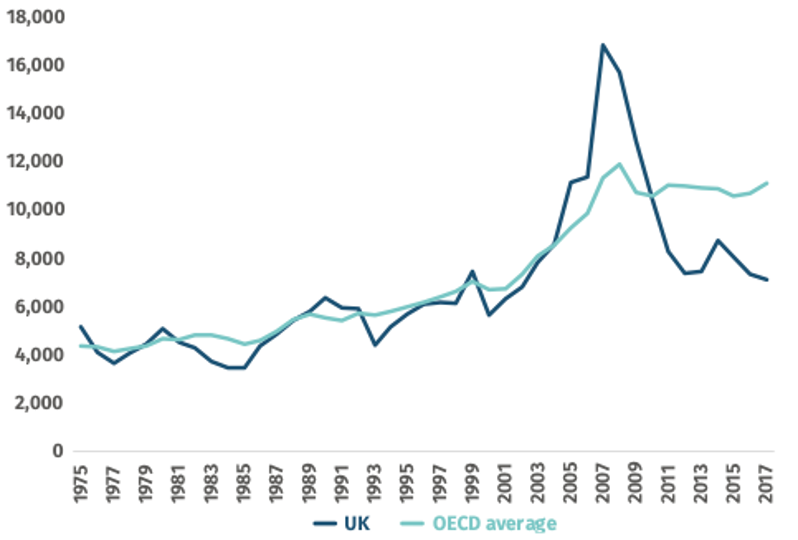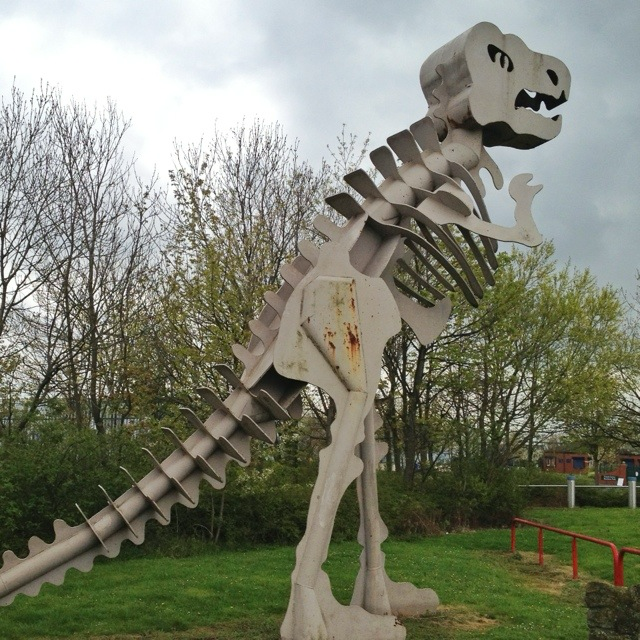173 words posted by Simon on 10 May 2024
Two years ago, I reflected on the post-lockdown closures of my local high street branches of Barclays, Santander, NatWest and Nationwide.
Since then, Gosforth High Street has also lost branches of HSBC, Halifax and Virgin Money. The last branches standing are those of Lloyds and the Newcastle Building Society.
And so, you might wonder: what becomes of the banks departed? Let’s work our way northwards.
At number 59, Barclays remains empty, still with its previously-hidden Martin’s Bank sign on show. The premises have recently been sold:
At 117, Nationwide—whose adverts tell us that face-to-face banking matters—is now an upmarket cafe and soft play venue:
At 129-131, Santander is now banking on flame grilled chicken:
At 149-151, NatWest have left their exterior in a right state:
Within Gosforth Shopping Centre, Virgin Money is now mostly advertising an ‘urban park market’, which sounds like something you’d come across at CenterParcs:
At 178-180, Halifax is yet to find another function:
At 189-191, HSBC remains vacant:
Shall we check again in another couple of years?
















